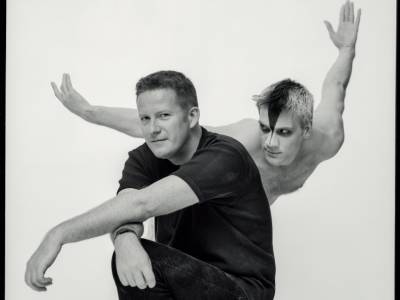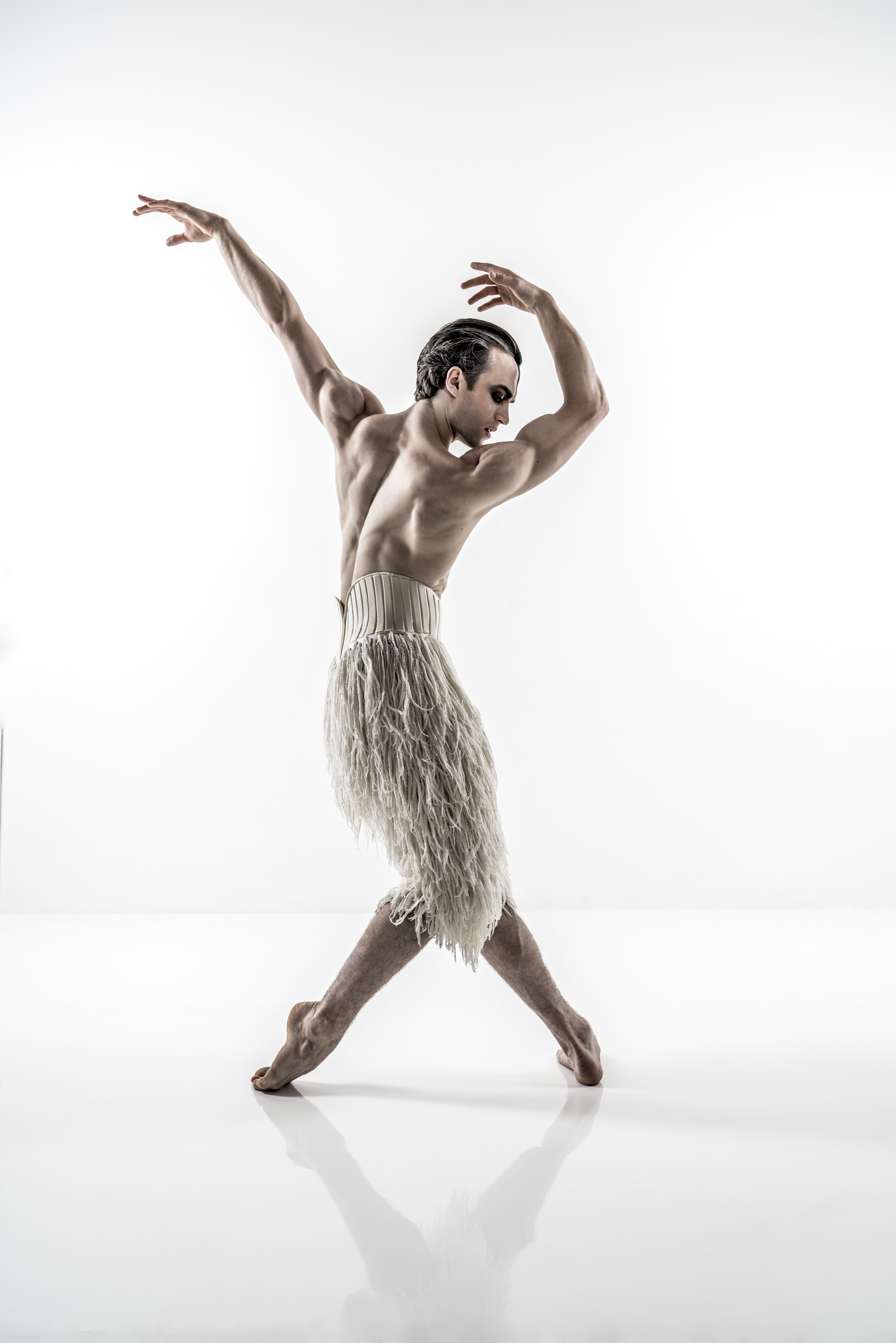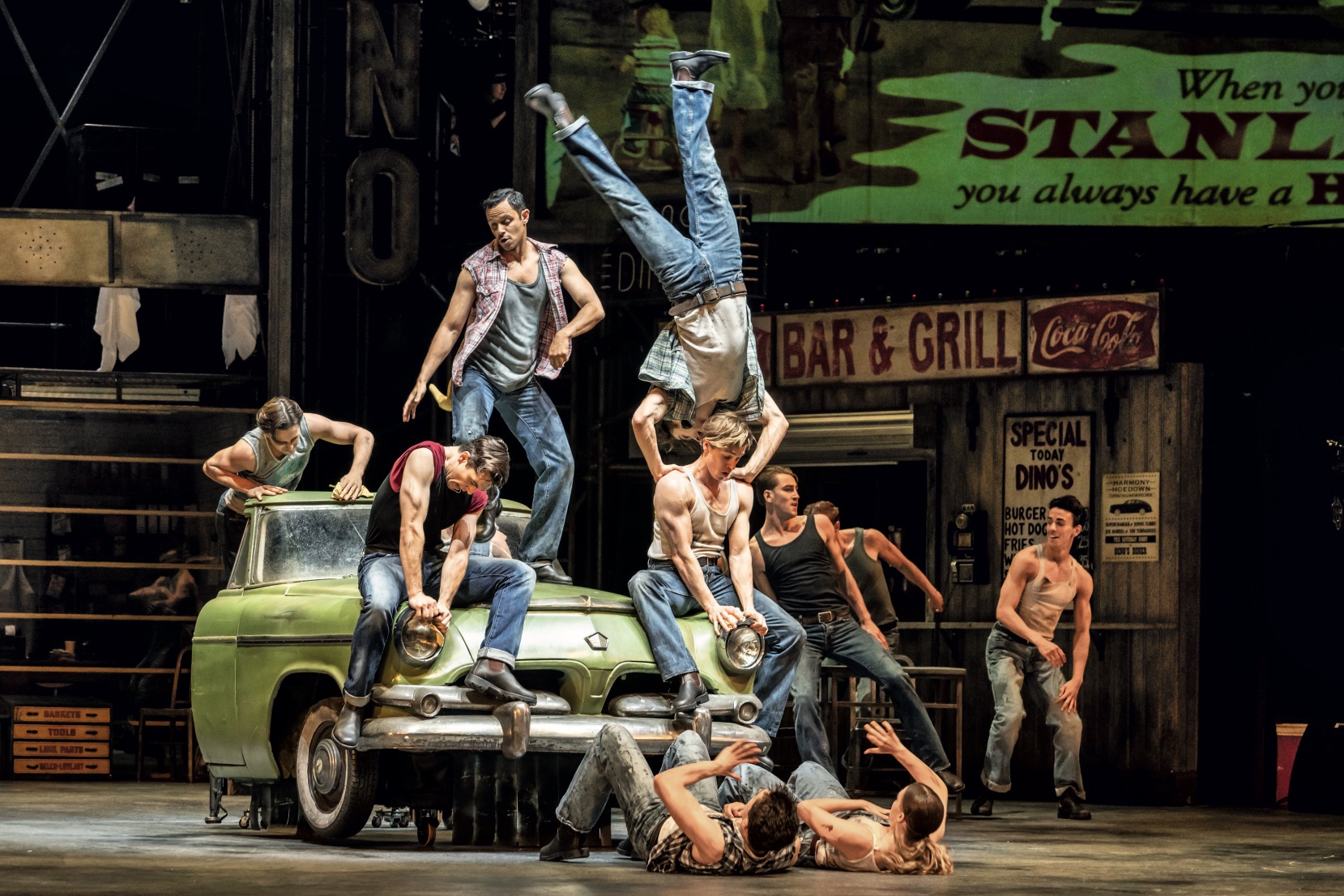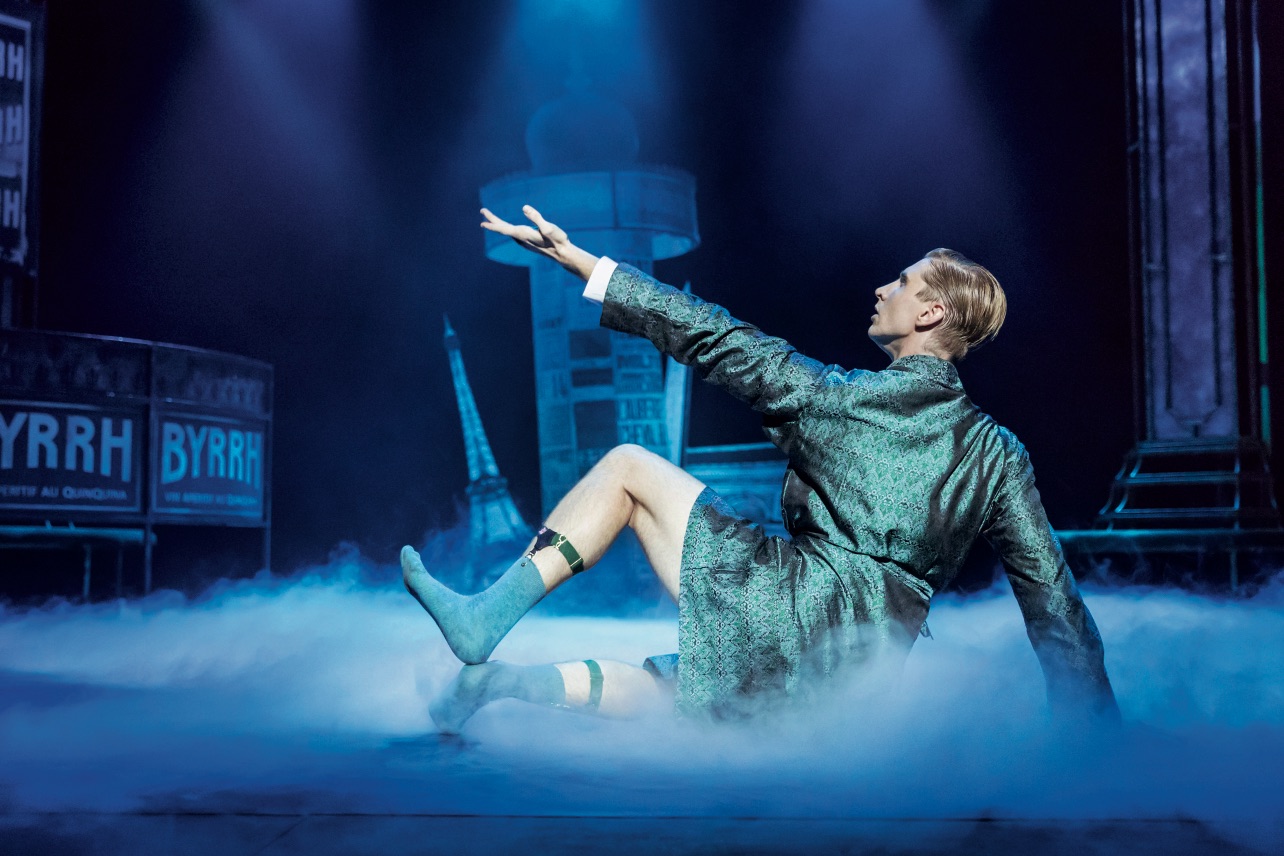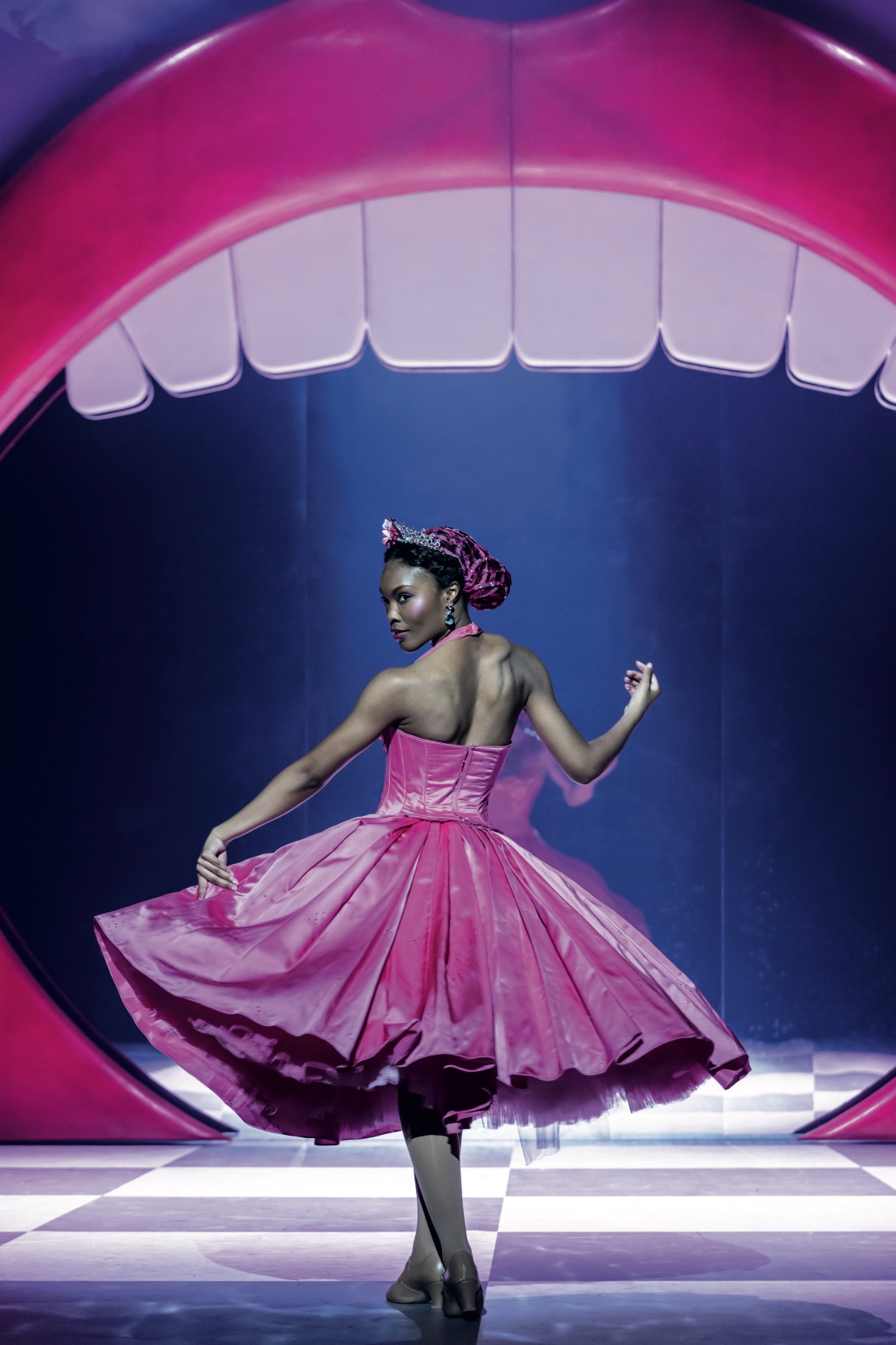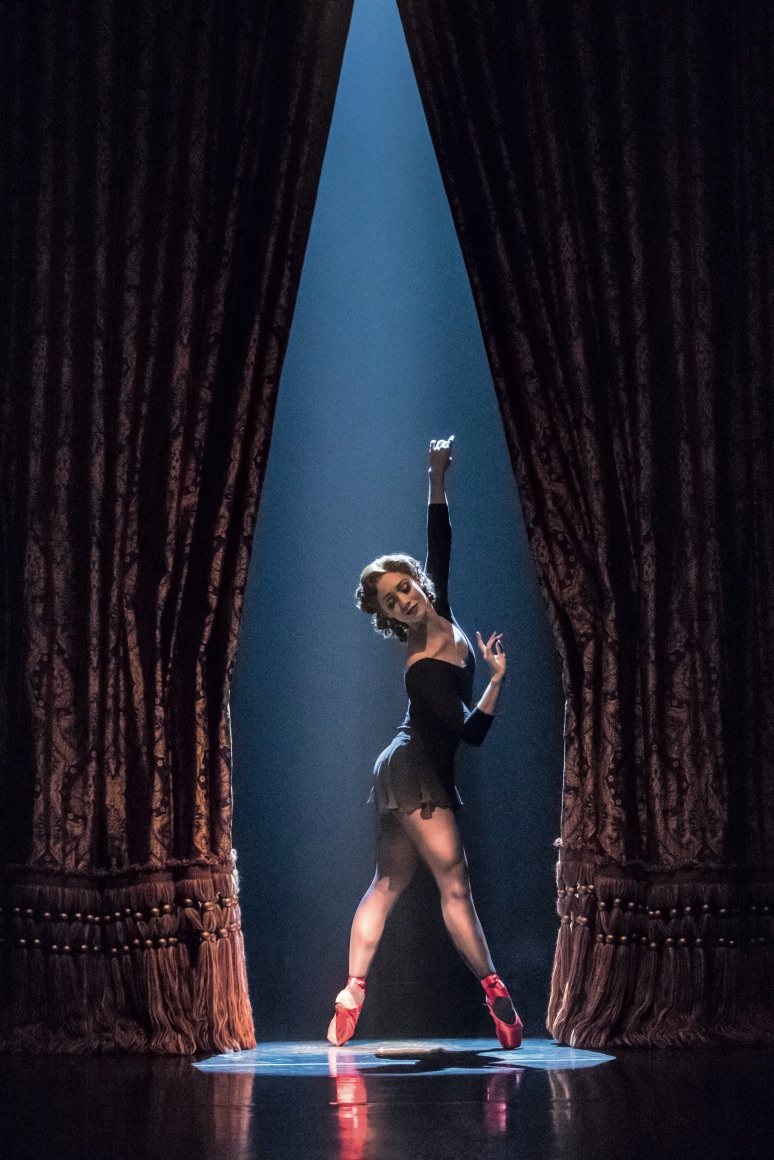I’ve always been very audience-conscious in making work,” says dance-theatre supremo Matthew Bourne. “I want to entertain people.”
This impulse has served the 62-year-old Londoner magnificently for 30 years. In fact, no choreographer-producer alive has done more to breathe sparkling new life into old stories, and done so with such affectionate, intelligent irreverence.
It was Bourne and his company New Adventures (formerly Adventures in Motion Pictures, or AMP) who in 2000 remoulded Carmen and The Postman Always Rings Twice into The Car Man (recently revived to spectacular effect at the Royal Albert Hall); who transformed a mostly forgotten 1960s film, The Servant, into another almost ludicrously sexy new stage work, Play Without Words (2002); and who dared to take two much-loved films — Edward Scissorhands and The Red Shoes — and convert them into hit dance-works (in 2005 and 2016).
